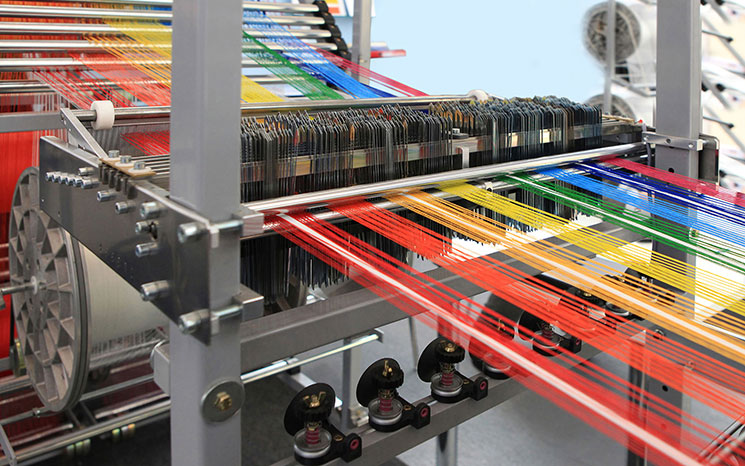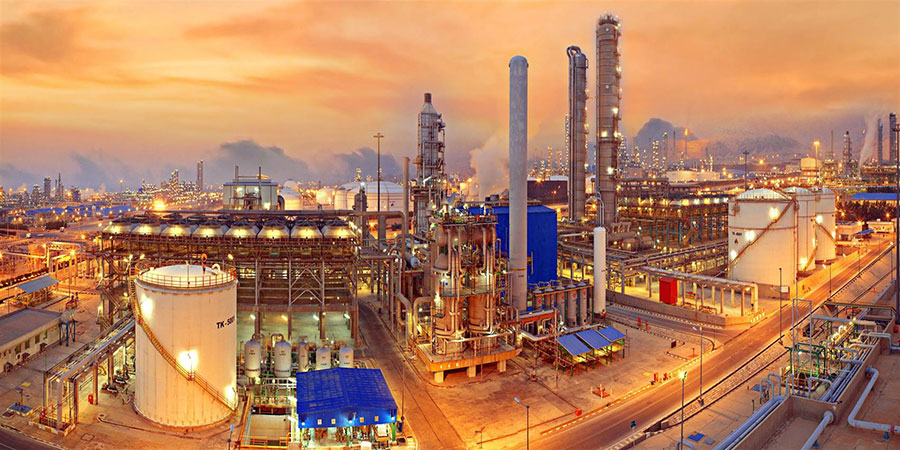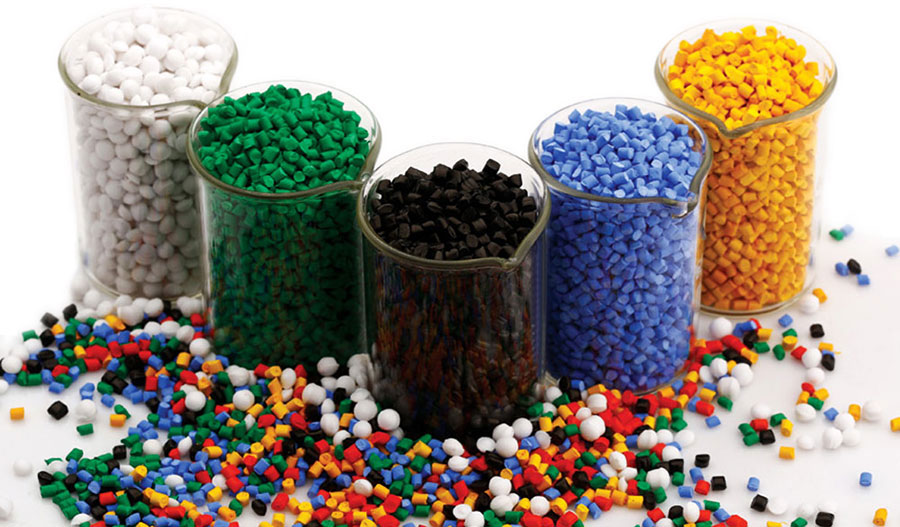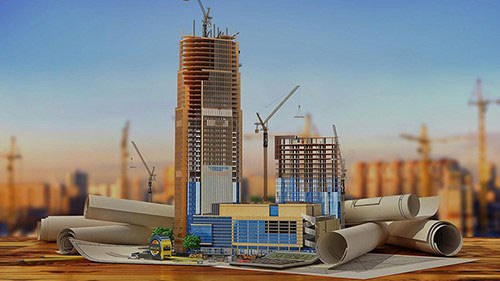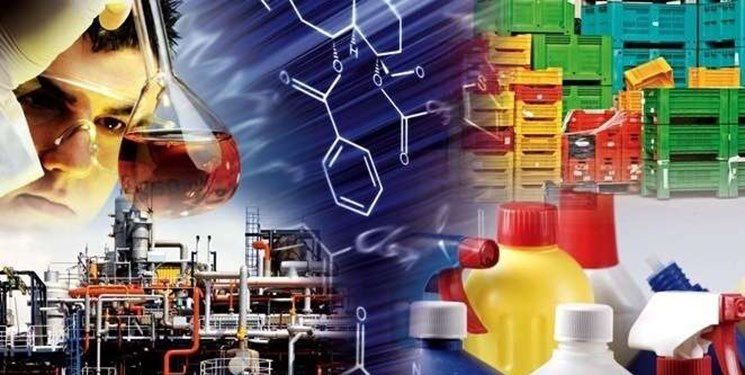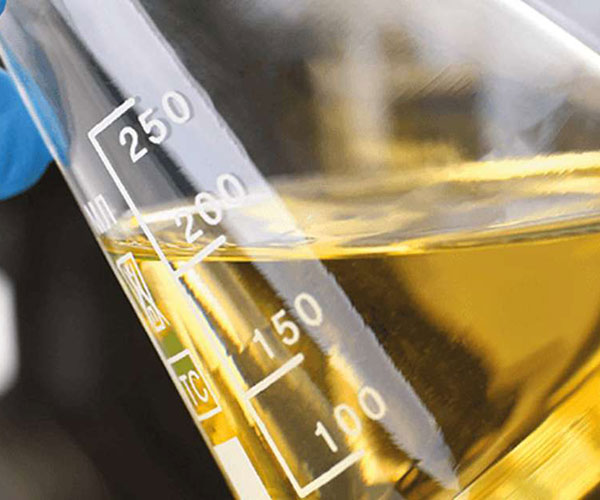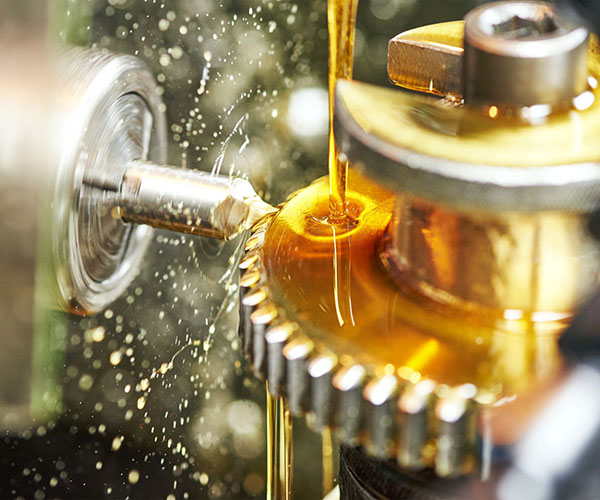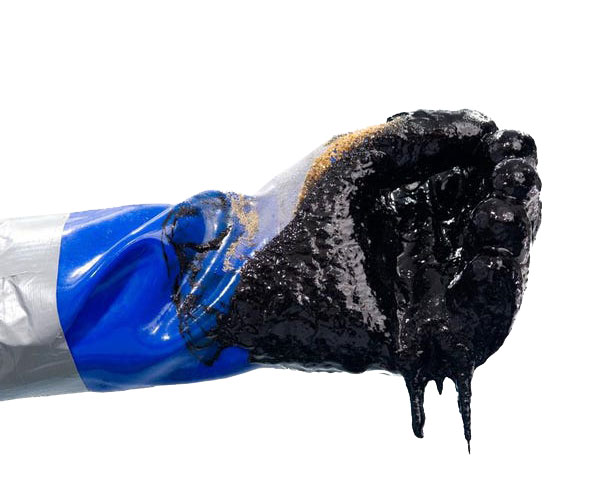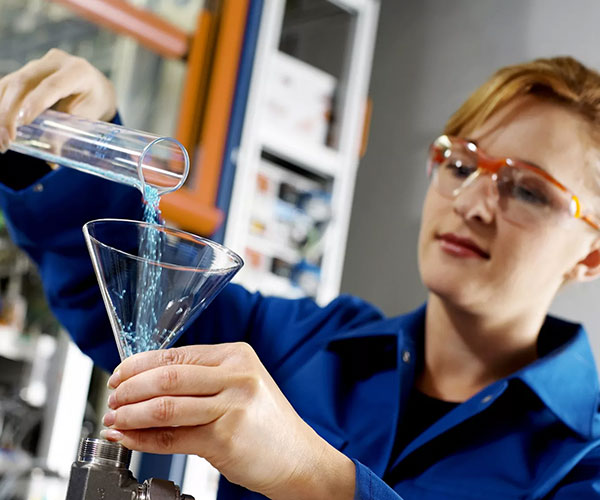The use of polymer materials in the textile industry
In the past decades, polymer materials have had many applications in the textile industry. The use of polymers has enabled the production of fibers with various characteristics, such as high thermal resistance, high strength, etc., in this industry.
Polypropylene fibers and granules, polyester fibers, nylon, and acrylic fibers can be mentioned among the synthetic polymers widely used in textile industries.
In the following, we mention the textile industry‘s most widely used grades of polymer materials.
A. Polypropylene in textile
Polypropylene fibers, which are prepared through the polymerization of propylene in the form of a linear polymer, are called PP for short and have many applications in the textile industry. The following are the most commonly used grades of polypropylene in the textile industry.
1. Polypropylene homopolymer HP 552R
HP552R polypropylene is a homopolymer polypropylene with high flow ability, which is used to produce staple, CF, and BCF fibers. HP552R material is used for medium and high-speed spinning melt.
Although polypropylene homopolymer has higher tensile strength and hardness than polypropylene copolymer, its main weakness is its impact resistance. In fact, polypropylene homopolymer is more fragile than polypropylene copolymer.
- Characteristics of polypropylene 552R: Homogeneity, stable extrusion
- Application of 552R materials: Woven fabrics, diapers, medical hygiene applications, and wet wipes are suitable.
2. Polypropylene homopolymer HP 510L
HP 510L polypropylene or 510L material is an extrusion grade homopolymer polypropylene with medium flow ability, which is used to produce belts, monofilaments, films, and sheets. Even though polypropylene homopolymer has higher tensile strength and hardness than polypropylene copolymer, its main weakness is its impact resistance.
Due to its high crystallinity and low impact resistance, polypropylene homopolymer is a very suitable option for textile applications or thin sheets and films. In this application, tensile strength is needed, and weak impact resistance is not an issue.
- Features of polypropylene 510L: Good mechanical properties and flow
- Application of 510L materials: rope, sacks, belts, etc.
3. Polypropylene homopolymer C30S
Polypropylene C30S or C30S material is an extrusion grade homopolymer polypropylene with medium flow ability, which is used to produce belts, monofilaments, films, and sheets. Due to its high crystallinity and low impact resistance, polypropylene homopolymer is a very suitable option for textile applications or thin sheets and films.
In this application, tensile strength is needed more, and weak impact resistance is not essential. Films stretched in two directions, and polypropylene fibers and types of sacks and belts are among the applications of polypropylene homopolymer.
- Characteristic of C30S polypropylene: Grade in contact with food, good flow ability, and good processability
- Application of C30S materials: Film thread, sheet
Click on the link below to read more:
The use of polymer materials in the textile industry
